|
Pink is a dangerous colour, I've recently learned. Fanny Ambjörnsson has written a book on the subject, "Rosa - den farliga färgen" (Swedish only). Very interesting thoughts, which made me reflecting on my own relation to the colour in question. I love pink! Not all of the nuances though.
The dirty grayish nuances are not for me. They have been hugely popular the last couple of years, but no, they are too pale and dull. Also the pinks going towards orange, such as coral pink or salmon pink are not really my cup of tea. Pastel pink however, can be very pretty. For me it’s a colour representing the summer in the country side. Pretty dresses, daisies in the lawn, wallpapers, curtains and the easy, bright, light life where the sun always shines. You don’t see me wearing it that much, but I have plenty in my house. Cerise is my absolute favourite pink. Combine it with red, orange and black and we have a winner! I dress in this colour combo as often as I can. It’s a colour for the tough but kind hearted woman, vibrant of energy and demanding attention. I made an arrangement of some pink objects I found in my studio. Very representative of the things I like and get inspired by. Enjoy!
0 Comments
I'm currently taking a class on colour theory, at undergraduate level. It is so much fun! One of the exercises is to make a colour collection of about 15 different colours and make a moodboard around that. I’m terrible at visual moodboards, I prefer to tell my stories in words. These are the skylines of three medium sized towns of medieval origin in central Sweden. I’ve used to live in them, and they are all very “lagom” and similar to each other. I was drawn to these particular pictures I found online because they all show cloudy skies, lots of greenery and typical red-brownish brick buildings. The skies are very much the typical everyday Swedish skies; hazy, light purple blue and no direct sun light. Gray and dull. Have you ever sat close to the window at a Swedish café looking out the window? Did you perhaps notice that all of us are washed-out colourless clones? This is Scandi Style for real, and has very little to do with what you see under the hashtag at Instagram and Pinterest. Swedish people do not like colours. The Swedish people feel comfortable in colours with very much blackness and very little chromaticness. And we want it monochromatic. Because we all want to be “lagom” and fit in. Less is more. Therefor I decided to make a colour collection fit for a Scandinavian fashion brand (targeting primarily women), one where simplicity, straight lines, natural materials and sustainability are the catch words. Neutral colours that can be mixed and matched, and used season after season, year after year. All the colours in my palette are from the photos. I rasterize the picture first, to get a better view of the colours it’s made up of, and then choose intuitively. In the back of my head I’m thinking “bright” for summer and “cool” for winter. I want the colours to be representative and symbolise the essentials of the Swedish medieval town; the bricks that build up the cathedral, castle, town hall, and trade centers, the copper and tile roofs, the pine forests and parks, the sky… Not to many colours, I really want to keep it simple.
You will most probably not find me wearing these colours (although come to think of it I have a dress in the blue and orange nuances and hues). However, I can picture them on the coolish, professional people working in the city; the lawyer, the banker, the business person, the receptionist, and so on, all with perfect French manicured nails and flawless make up. Very sleek and stylish. This weekend I managed to dig up the last potatoes, perhaps 6 kgs or so, and made the Ostrogothian national dish "Raggmunk" (potato pancake). Yummy! 200 mL oat flour A pinch of salt 400 mL milk 2 eggs 0,8 kgs potatoes Lots of butter Whisk flour, salt and milk to a smooth mix. Then add the eggs and whisk some more. Peel the potatoes and grate them roughly, preferably with the food processor. Add to the pancake mix. Fry in a pan, like a thick pancake, with lots of butter. Serve with lingonberry jam and fried bacon.
When you have 5 zucchinis overtaking your small vegetable garden, and have a difficulty to throw away things, you spend most of your days in the kitchen trying to save what can be saved. I'm drowning right now. But it's also a lot of fun! Makes 8 small cans. A word regarding acetic acid; acetic acid has a very low pH and shall thus be poured into water, absolutely never ever the other way around. You should also wear safety glasses when doing this. Rinse with lots of fresh water if you accidentally spill. Do not use kitchen utensils made of aluminium. If you cannot find vinegar with 12% acetic acid you have to re-calculate the amount of water needed; more water and less vinegar if the % is higher, less water and more vinegar if the % is lower. If you work with aseptic technique and sterilise the cans properly, this pickle will last for years unless the cans are opened. approx. 2 kg zucchini (1.2-1.5 kg when peeled and cleared) 300 mL distilled vinegar (acetic acid 12% - very important!) 450 mL water 1.5 kg sugar peel from 1 organic lemon 1 thumb size of fresh peeled ginger
We’ve had almost five weeks of much needed vacation. One of the best adventures we had was an unplanned trip to Pilane Sculpture Park. I love everything about sculpture parks. Pilane was no exception. First of all, the surrounding nature is spectacular! There are voluptuously green meadows with grave fields from the iron age and grazing sheep. But slowly the nature changes, and a rocky plateau with a magnificent view rises above this green paradise. And scattered all over the area are sculptures in different sizes and materials. You can easily spend a full day here when the weather is good; bring sturdy shoes, a blanket and picnic bag. One of the things I love about outdoor art is the accessibility. I can enjoy it whenever I wish to. When I ride my bike to the office, when I stroll in the city or even when visiting the library. I also like the story telling aspect of it. Sometimes the story is very direct, when a statue is depicting prominent people or events of the past. Other times it’s more indirect, telling us of the time and context when it was made. These are just a few of the sculptures I’ve run in to the last month. We've spent some days in Gothenburg. The weather was perfect, and we went to the Botanical Garden. And I just died and went to heaven. The rhododendrons! I finally understand the fuss about them. But even better was all the outdoor art. I must have seen well over 25 pieces. Let's start with some traditional statues, in oxidized copper; Moving on to stone sculptures; Some wood art (which I love); And a temporary exhibition; The Epifytic Society. My favourites were all made of stoneware; There’s definitely something wrong with the climate. Last year I could harvest tomatoes in October. And now we’re having the coldest May for over 50 years, below zero several nights. But last weekend the sun actually came and paid a visit (a short one, but still). And of all days, it was the day of the “Cow Release”. The “Cow Release” is when the farmer let the cattle out of the barn to spend the forthcoming five or six months out on pasture, which has become like a festival. People bring picnic and a blanket, watch the cows and enjoy the spirit of spring.
And I saw this really cute statue of a horse and foal, just the right size for a small child to climb up. I love outdoor art. I love the way you can interact with it and that everyone can enjoy it. And that nature also interacts with it; that the art is part of something bigger, out of our control. This time of year I try to empty the freezer, therefor I bake lots of pie whenever the urge for happiness and energy is in demand. Two Crumble Pies, serves 12-16 150 mL brown sugar 150 mL almond flour 250 mL gluten-free flour mix (pre-made) 250 g butter 100 mL sunflower seeds 100 mL pumpkin seeds 500 mL rolled oats 1-1.4 kg wild berries, frozen or fresh (blueberries, raspberries, blackberries etc) 30 mL (potato) starch
I am the worst doodler, ever. I hate pencils and pens. They are extremely uncomfortable, not to mention untrustable. They never behave like I intend. This has been a problem for my entire life, and I was the first kid at school who was allowed to use a word processor for my essays (we’re talking very early 1990’s). The teacher could never read what I wrote, nor could I. Dyslexia some of you may think, but no, most certainly not. Dysgraphia then? No, I don’t think so. I just have very bad fine motoric skills. But you do embroidery, and lace making, and pearls and all those tiny things! That is true, but it is also very time consuming. What normal people finish of in half an hour would take me a full day. Over the years I’ve learned a few tricks to get over it;
As a special treat I decided to show you my worst doodles, and what became of them. Enjoy! |
AuthorSurface pattern designer who loves folk art, gardening and the good things in life. Archives
February 2018
Categories
All
|
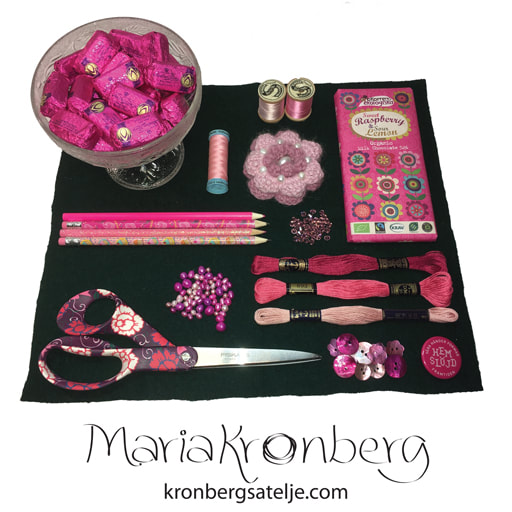

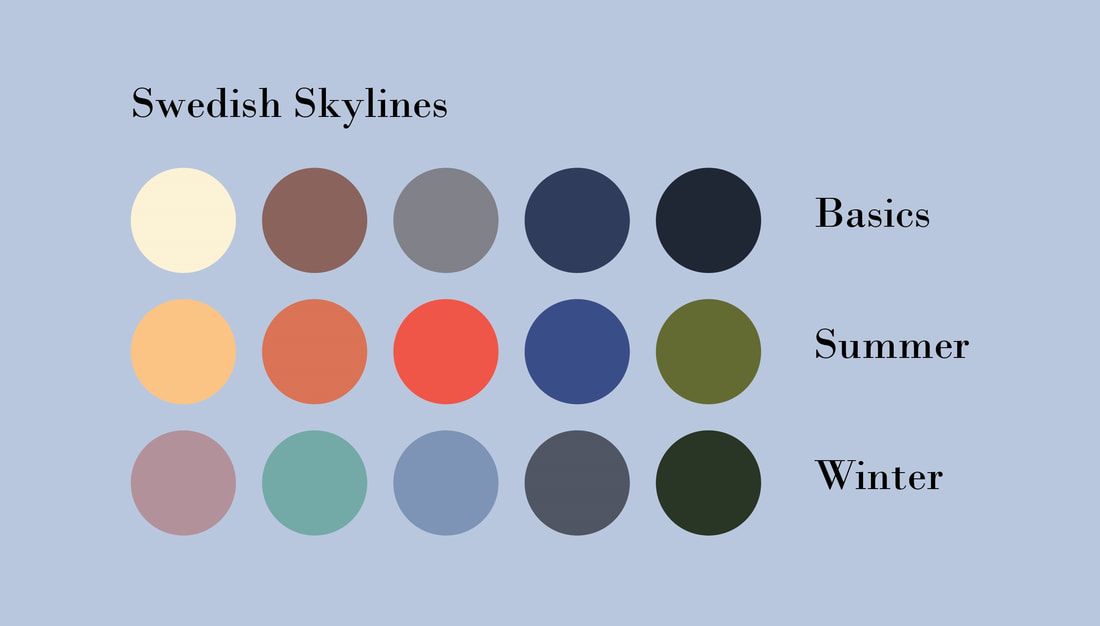
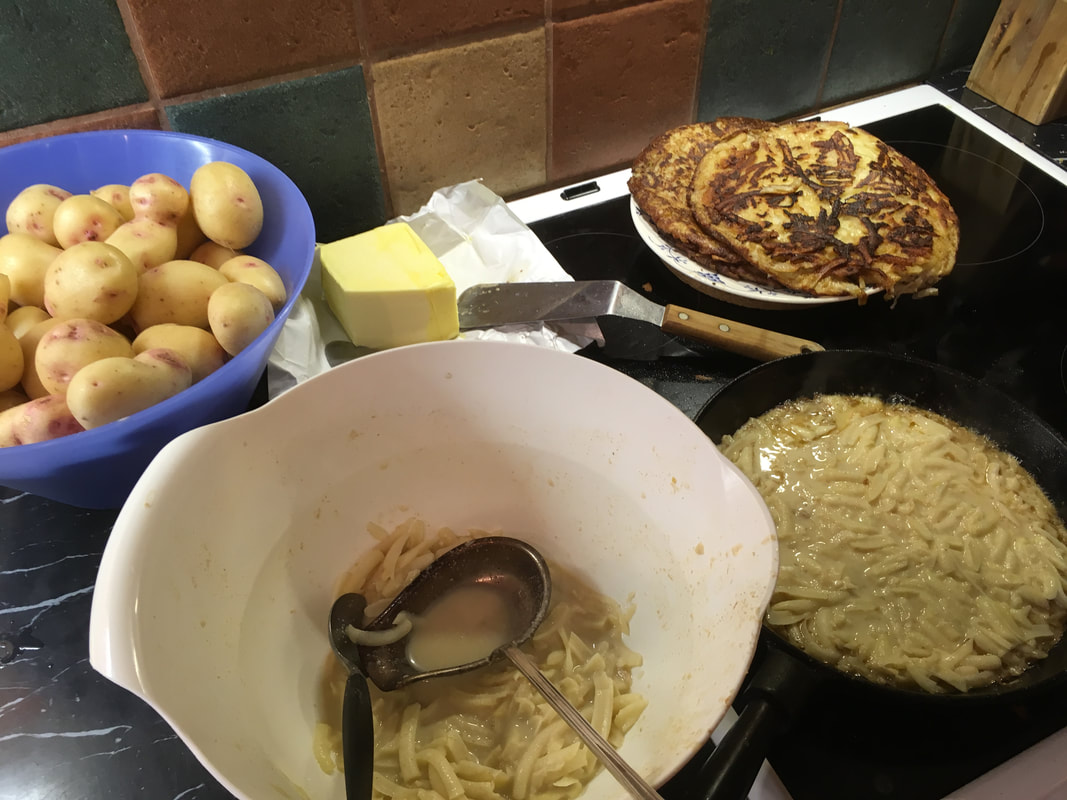
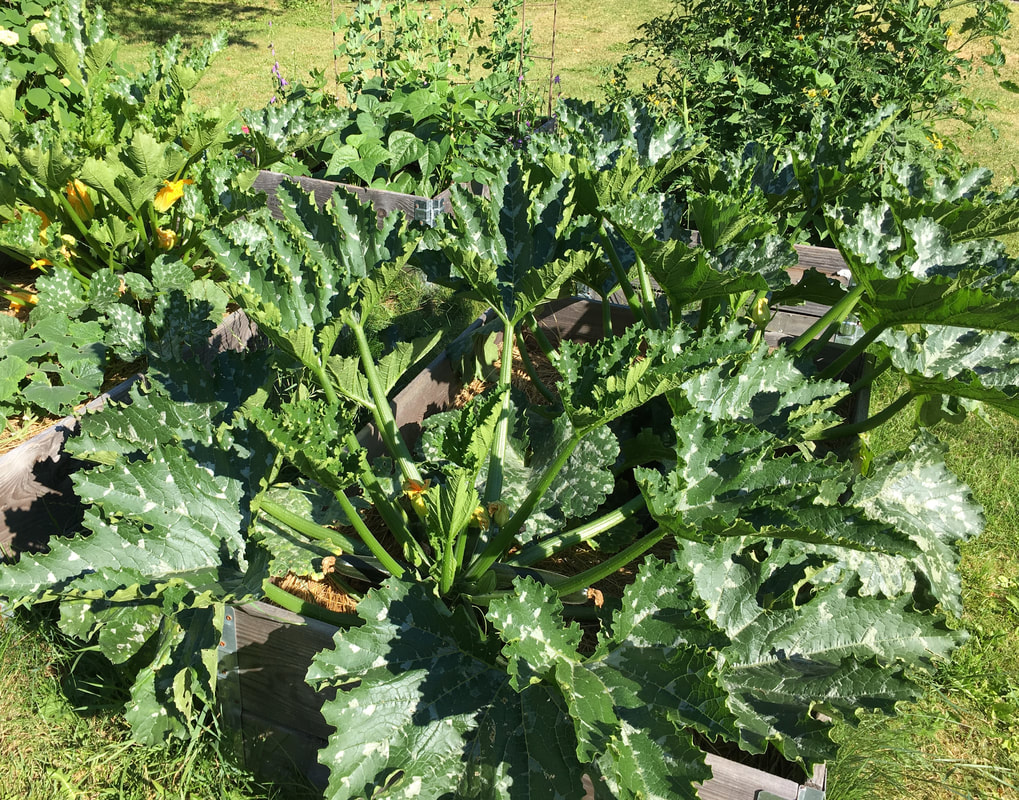
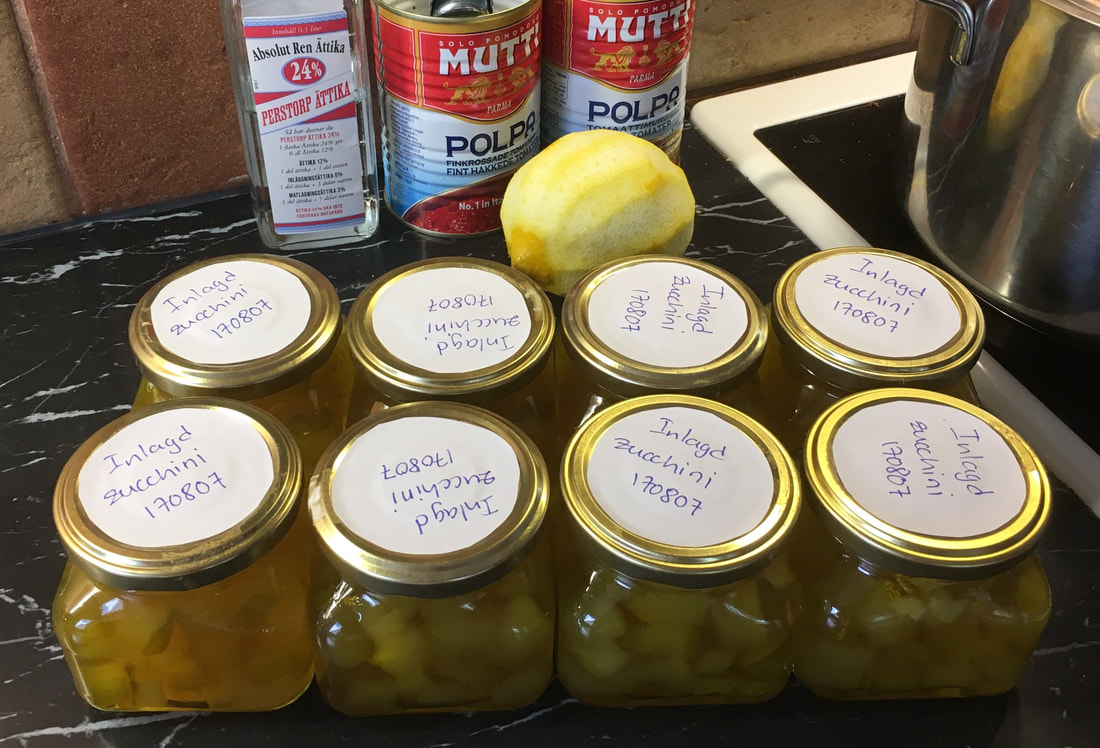
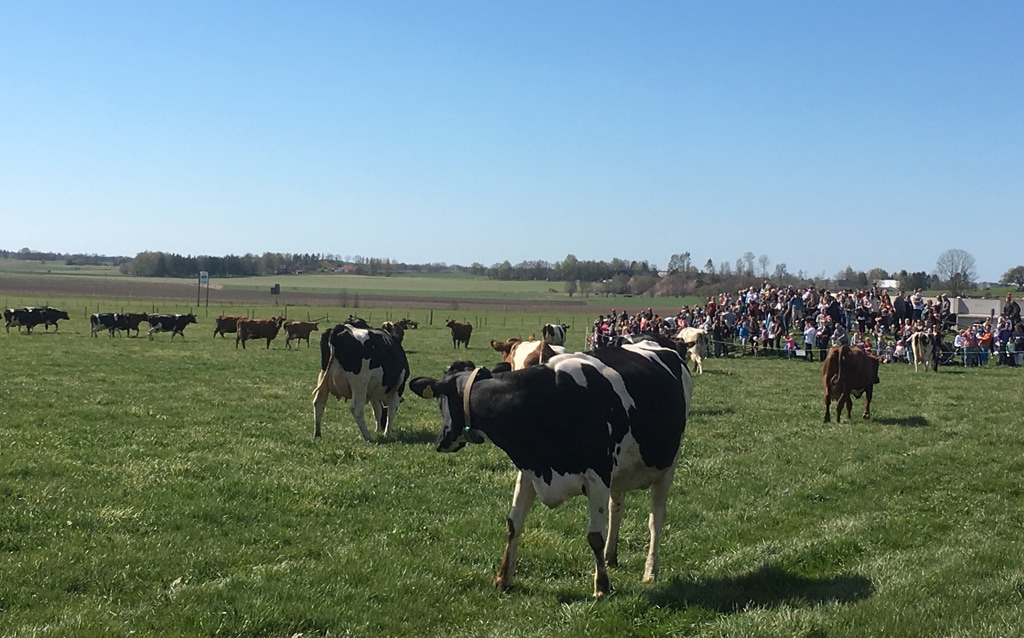
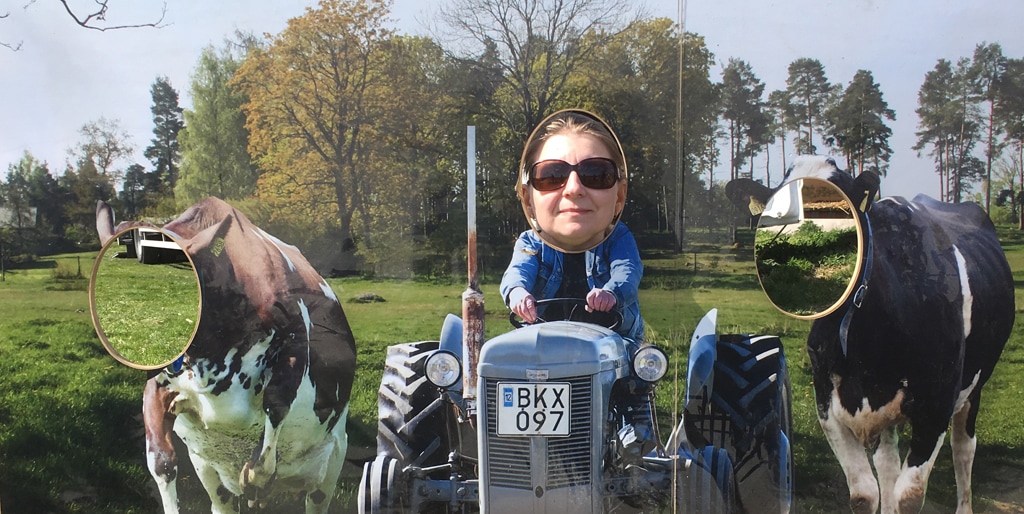
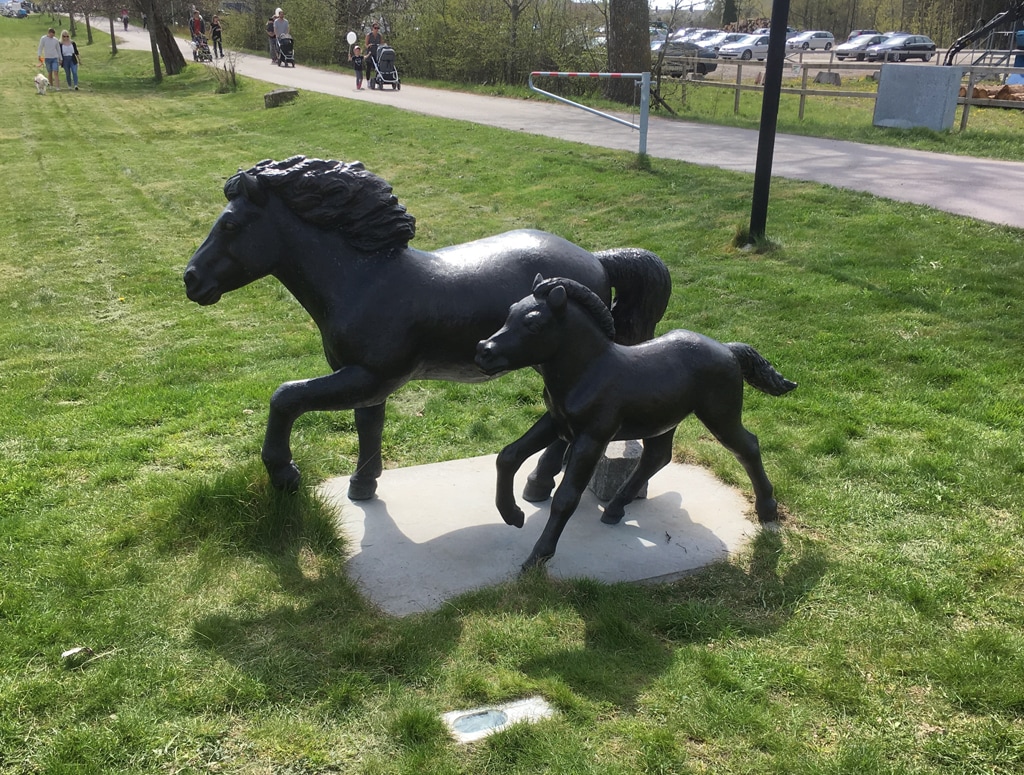
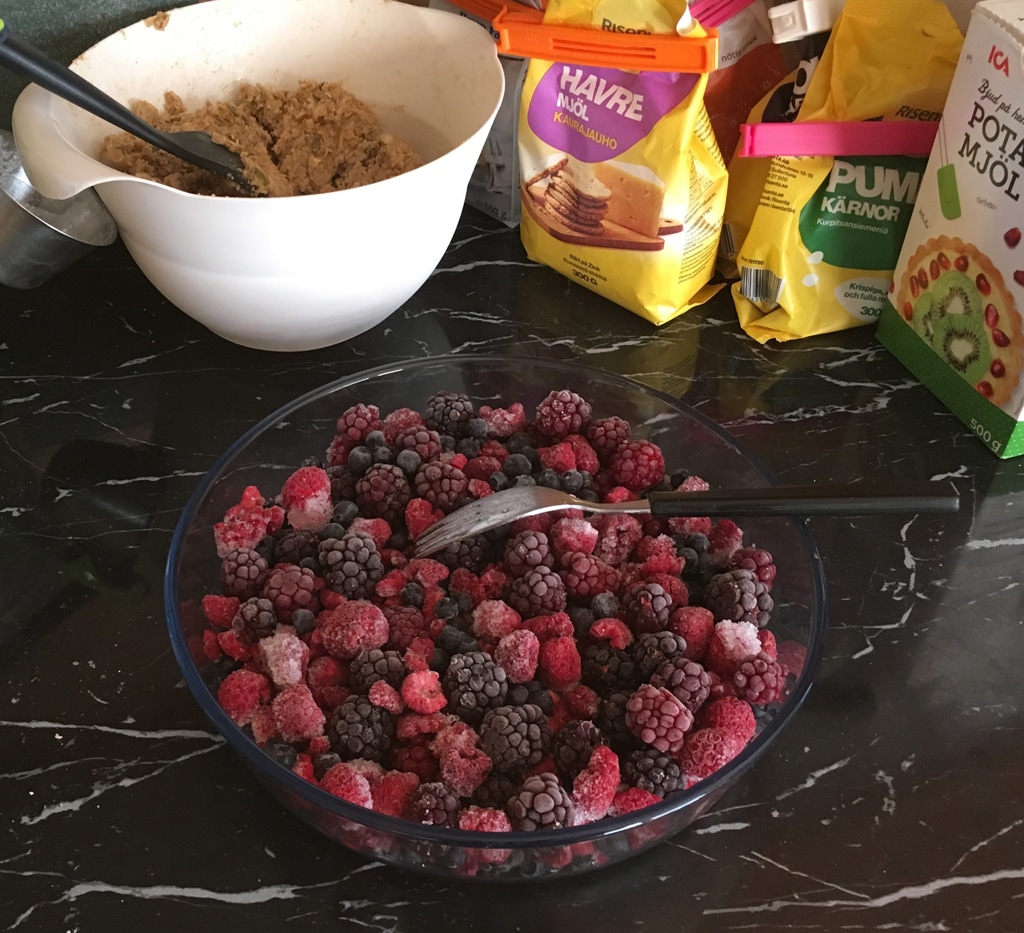
 RSS Feed
RSS Feed